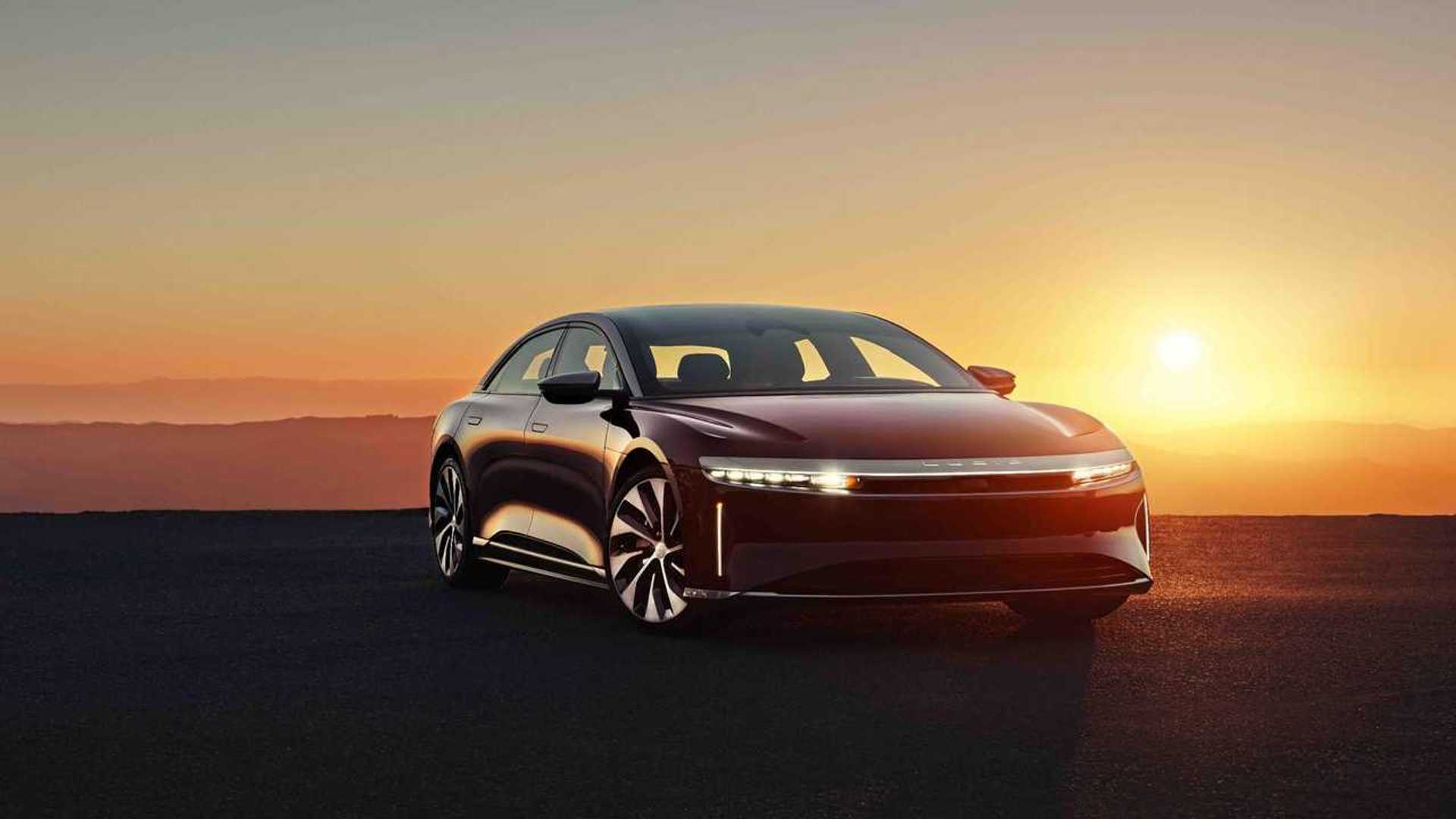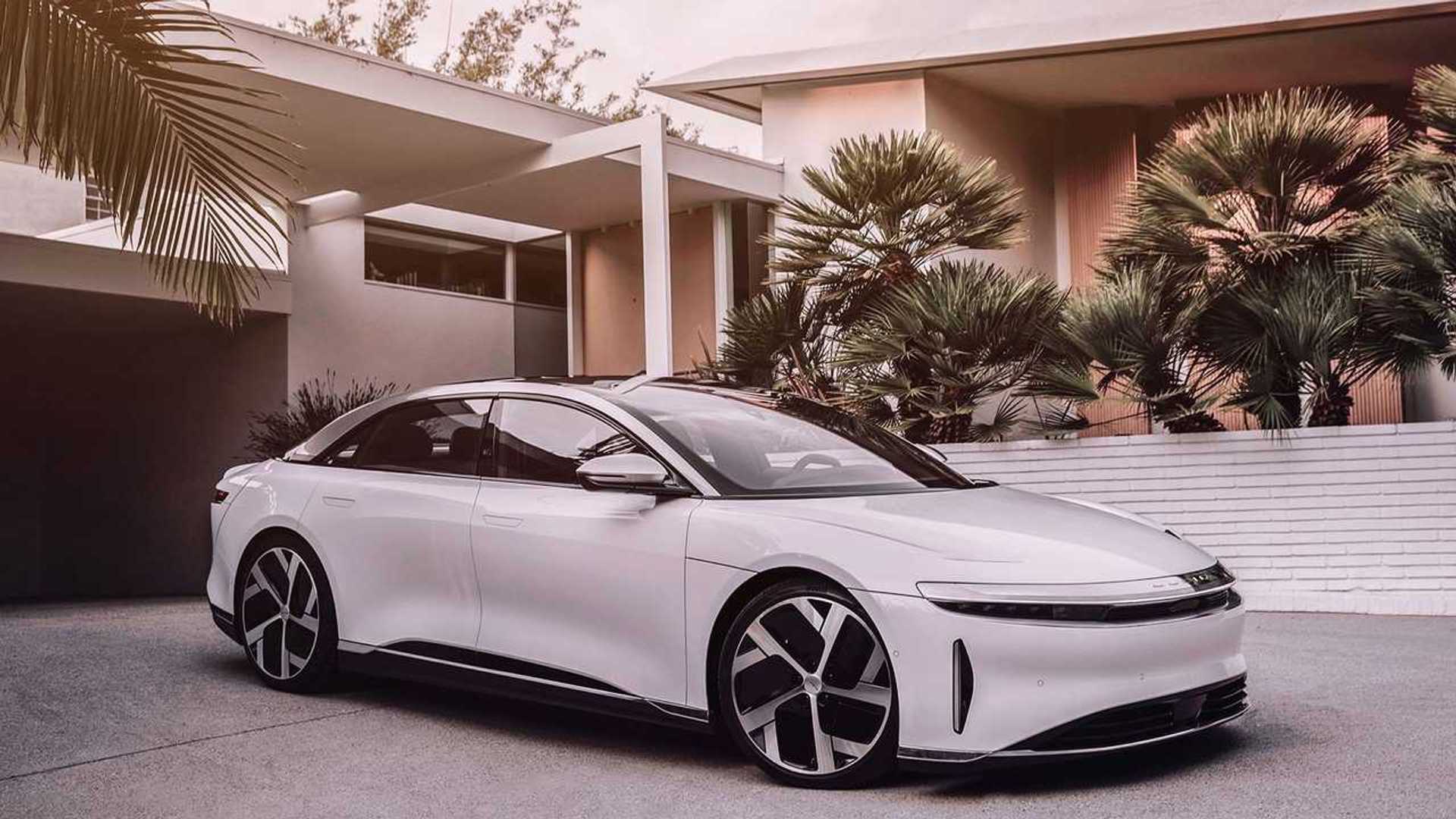- Joined
- Nov 2, 2021
- Messages
- 344
- Reaction score
- 377
- Cars
- AirTouring, R1S, Ioniq5
What do you find for level 2 charging at Hotels and other destinations? Is it reliable or do you need to plan on using the level 3 network?
I have found that level 2 chargers are a mix for three reasons. They can be blocked, out of service, or already occupied. So if planning on staying at a destination and using a level 2 charger, I would suggest having a level 3 backup.
I've been driving non-Tesla EV's on road trips for several years and have always been able to charge at a level 3 location. The worst case has been the charger runs real slow (30kW for example) so it takes 2-3X as long to charge, or it takes a call with the charging company to get the charger reset. Both are a pain, but at least you are able to continue on your trip.
I have found the Plugshare ratings and comments to be pretty accurate. For example people may post that at a specific location one of the chargers is broken or running slow. So this helps you quickly identify which charger to avoid.
I've driven our Audi E-tron and Taycan on many road trips with very little issues overall. I'm super excited to get my Lucid on the road!


